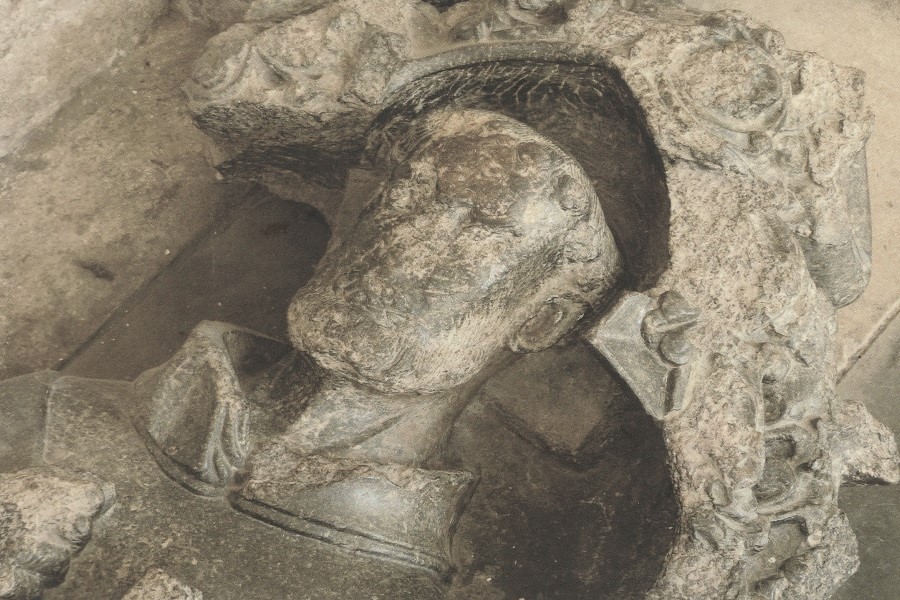The British Archaeological Association held its summer conference in Peterborough in 2015. A book has now been published which captures the topics which were addressed. The focus is on Peterborough Cathedral but collectively the 20 papers by leading specialists provide a valuable contribution to the understanding of Peterborough history over two thousand years.
“Peterborough and The Soke” is edited by Ron Baxter (art historian), Jackie Hall (Peterborough Cathedral archaeologist) and Claudia Marx (architect and architectural historian).
As you would expect, the papers are academically rigorous so require a level of concentration to read and absorb. However, they are each relatively short and there are many excellent illustrations so the book is more accessible to a lay audience than you might anticipate. This is helped by the fact that those of us who live in the area will be familiar with many of the locations, objects and themes which are explored.
Here are just a few examples of the papers in the book.
Stephen Upex brings together what we know about Roman buildings in the lower Nene Valley. Interestingly, he points to the Itter Crescent villa as the earliest known Roman wooden structure in the area. There are images of stonework ranging from sites excavated by Artis through to the herringbone foundations of the Nassington barn.
Articles on stonework from Peterborough Cathedral also make reference to the Roman period. There is a relief of two figures set in the west wall of the south transept. Previously thought to be a medieval depiction of two abbots it is now seen to be a pair of Roman deities – dancing.

Rosemary Cramp re-visits the Hedda Stone. Its date remains something of a mystery – both in terms of the material used (Barnack stone) and the style of the figures depicted.
Paul Everson and David Stocker look at the evolution of the Barnack quarries and their relationship with the manor and village. “Hills and Holes” is shown to be a small sub-set of the quarrying zone.
FRAG members were part of the team which in 2016 dug in the Dean’s garden searching for the Burgh Wall. There is a paper by Richard Gem which reviews the evidence for the Anglo-Saxon abbey, including a plan showing the suggested location of the wall.
Julian Luxford identifies the thirty sculpted figures on the upper part of the cathedral’s west front. Ron Baxter explains why five effigies of early abbots are described as “the very best series of Benedictine memorials in the country”.
In the 1360s Brother Simon of Yarwell recorded the procedure and route of Palm Sunday processions held in Peterborough Abbey. TM Halliday provides a translation.
This book has a wealth of information to dip into. Put it on your Christmas list!
Peterborough and the Soke: Art, Architecture and Archaeology
Routledge, 2019
ISBN – 9780367173821
The photo at top of page is the tomb effigy of Abbott Alexander of Holderness 1222-26.



